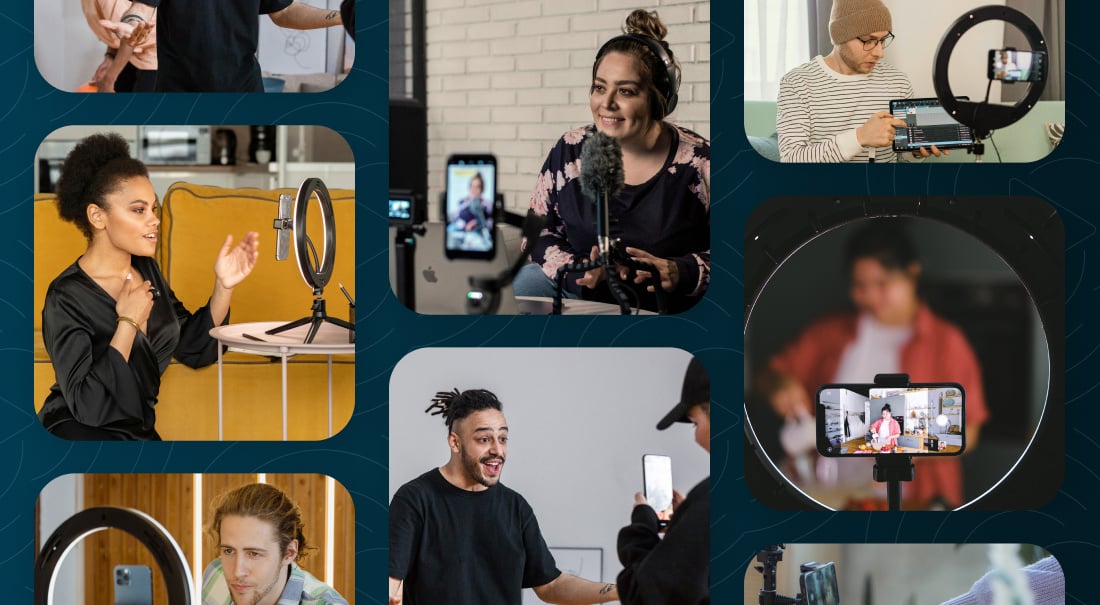
Anyone who spends more than five minutes on any popular video hosting site knows that competition for views is fierce. YouTube’s algorithm works overtime to learn your interests and behaviors to serve more relevant video content — and hold your attention for as long as possible.
It’s competitive out there, and video creators work hard to get an edge.
You probably already know that thumbnails and descriptions are important for drawing in viewers — but there are other steps you can take to improve your video click-through rate and visibility. Let’s get into it!
What does click-through rate for videos mean?
Click-through rate (CTR) for videos is the ratio of viewers who click on a video compared to the number of people who see the video thumbnail.
CTR can also refer to the ratio of viewers who click video links (such as a call-to-action button or a hyperlink) to the total number of viewers who were shown the link.
✨ In short: CTR measures the effectiveness of a video in encouraging viewers to take action.
What is a good click-through rate for videos?
The higher the click-through rate, the better.
A high CTR shows that your video content is engaging, and compelling, enough to inspire action. The action your viewers take is up to you: whether it’s watching your video, visiting a website, signing up for a newsletter, purchasing a product, or something else entirely.
That said, when it comes to measuring the success of your video click-through rates, benchmark percentages vary depending on the site:
YouTube
A good CTR for YouTube videos is typically around 2% to 10%. That’s a pretty wide range, and rates can vary depending on factors like video length, topic, thumbnail quality, and audience engagement.
TikTok
Since TikTok is known for its high engagement rates, CTRs for videos can be relatively high compared to other platforms. A good CTR on TikTok can range from 5% to 15% or even higher in some cases.
For Facebook videos, a CTR of around 1% to 2% is considered good. Once again, rates vary based on video content, targeting, and audience engagement.
CTRs for videos on Instagram tend to be higher than they are on Facebook. This is partially due to Instagram’s visual nature and younger, engaged user base. A good CTR for Instagram videos can range from 1% to 3%.
Improve your video click-through rate (CTR) and visibility
Let’s look at eight steps you can take to improve your video CTR and overall visibility.
1. Create content within your niche
First up, make sure you’re creating video content that fits squarely within your niche. (If you only have a broad understanding of gardening and a mild interest in it, it’s probably not a good idea to produce videos about horticulture.)
Instead, zero in on your passion. Find a topic that you can speak to authentically, and as a result, the videos you produce will feel authentic to viewers. Don’t scroll past this step because it seems like a gimme! As a content creator, you owe it to your audience (and yourself) to lean into your areas of expertise — especially if you want increased clicks on your thumbnails and longer watch times.
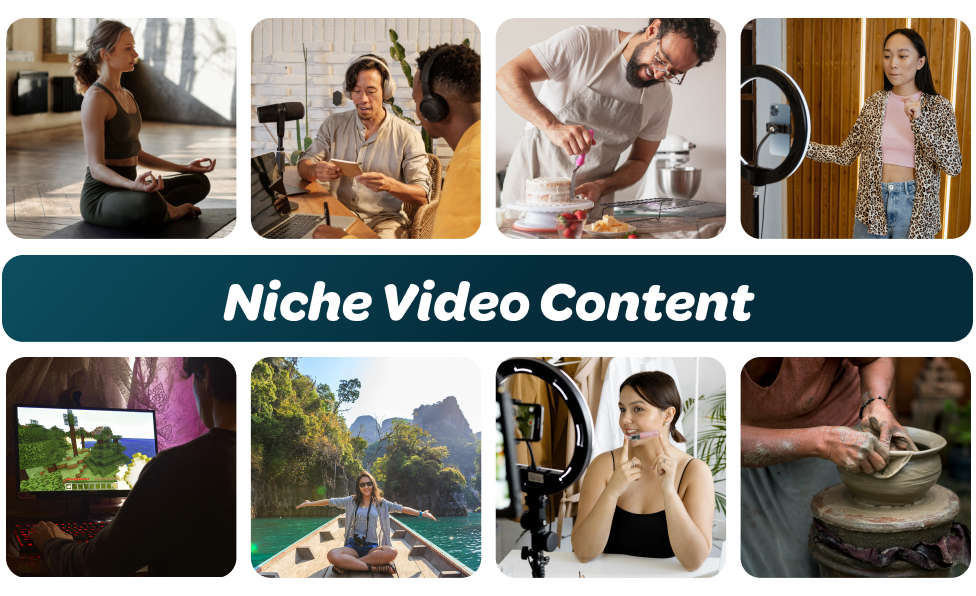
💡 Pro tip: You can put YouTube to work for you when researching niche topics for your videos. We’ve even put together a step-by-step guide so that you can get started right now.
2. Conduct keyword research to identify opportunities
This step goes hand-in-hand with step one. Take some time to dive into keyword research with tools like Semrush, Keywords Everywhere, and Google Keyword Planner, which is free to anyone who sets up a Google Ads account. You can also explore competitor analysis tools, like vidIQ and TubeBuddy.
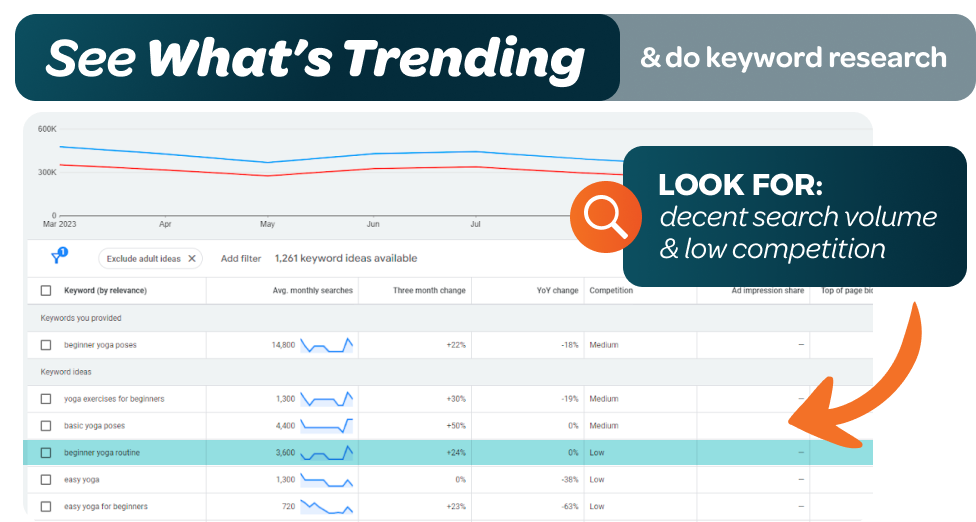
Look for keywords with decent search volume but relatively low competition. Analyze competitors’ most popular videos, content themes, production quality, and engagement levels. Identify gaps or areas where you can offer unique value with your videos.
3. Write an engaging video title and description
The title and description are the first things viewers see when browsing YouTube. A compelling title grabs attention and entices users to click on the video, increasing the likelihood of views and engagement.
Plus, you can’t forget about SEO (search engine optimization). YouTube is a search engine, and videos factor into Google results as well. Using relevant keywords in titles and descriptions means a better chance that your video is pushed into search results, so it’s easier for audiences to find.
And don’t forget that a well-crafted description should include a call to action, prompting viewers to take specific actions such as subscribing to your channel, liking your video, or visiting a website. A thoughtful, optimized description drives further engagement and conversions.
4. Create a compelling video thumbnail
The thumbnail is the first visual element viewers see when browsing YouTube (or any video hosting site). It’s like the cover of a book, and it’s crucial in grabbing the viewer’s attention. YouTube juggernaut Mr. Beast reportedly spends about $10k on his thumbnails!
Few of us can spend that kind of dough on our thumbnails — but we can learn from successful creators. (Mr. Beast says to keep video thumbnails simple, colorful, and visual.)
Finally, don’t forget that many viewers access YouTube on their smartphones, where thumbnails are even more critical due to limited screen space. Compelling thumbnails stand out on smaller screens and can entice users to click on your video.
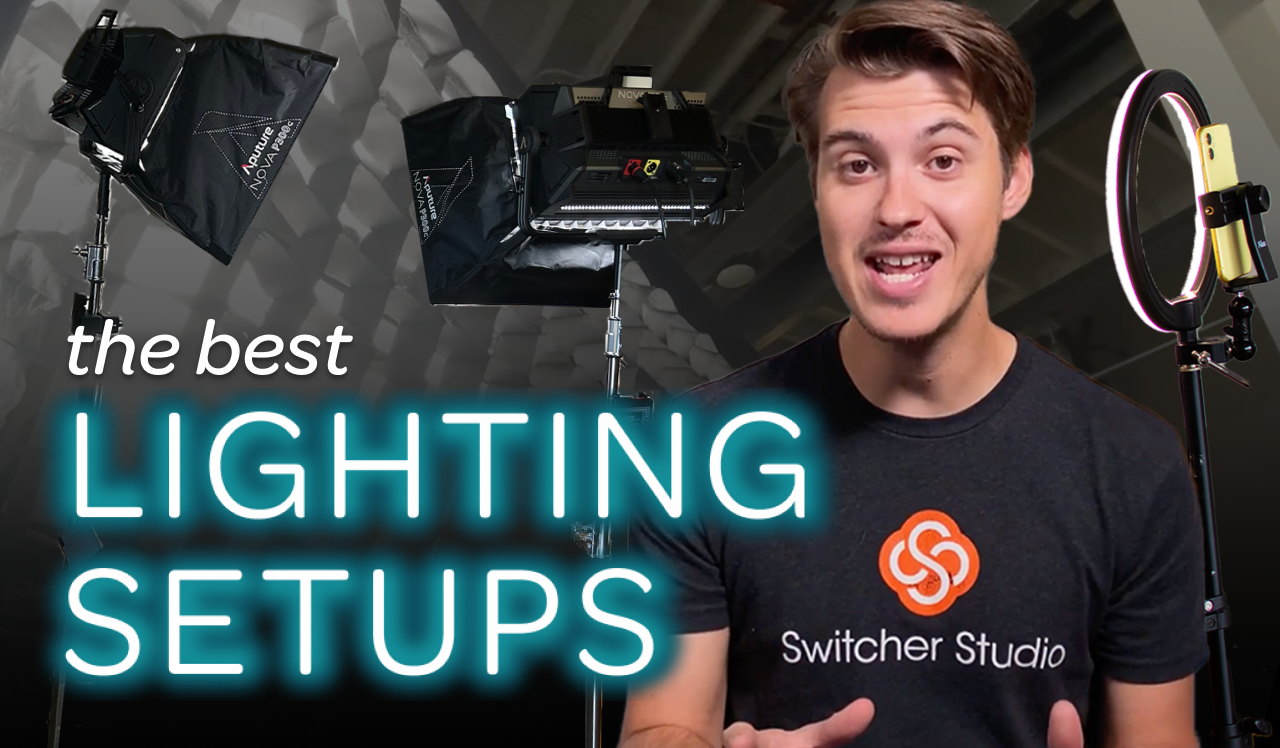
5. Provide a video transcript
Wherever you post your videos, providing a video transcript improves accessibility, SEO, and audience engagement.
Transcripts make your content accessible to deaf or hard-of-hearing viewers — and to viewers who prefer or require written text.
Transcripts also improve SEO. Searchable text containing keywords related to your video's content helps it rank higher in search results.
Video transcripts also give viewers a way to quickly scan and search your content. When it's easier to find the information they're interested in, your viewers have a better experience and tend to watch for longer.
6. Monitor video analytics and make improvements
This step is really important: Monitor video analytics to optimize your content strategy, better understand your audience, and maximize your channel’s performance.
Which videos are resonating with your audience — and which need improvement? How can you tell?
Some of the most important video metrics include views, watch time, audience retention, demographics, and engagement.
Tracking analytics allows you to measure your marketing success. Armed with this data, you can make better decisions about future content creation and drive better results for your channel (views 📈, engagement 📈, and subscriber growth 📈).

7. Repurpose long-form video into short-form content
Repurposing long-form video content into short-form content is one of the smartest ways to increase audience engagement and reach a wider audience.
Short-form content tends to have higher viewer retention rates (meaning how many viewers watch the whole video). Plus, it’s more shareable on social media platforms, so you can reach viewers who may not have the time (or desire) to watch your longer videos.
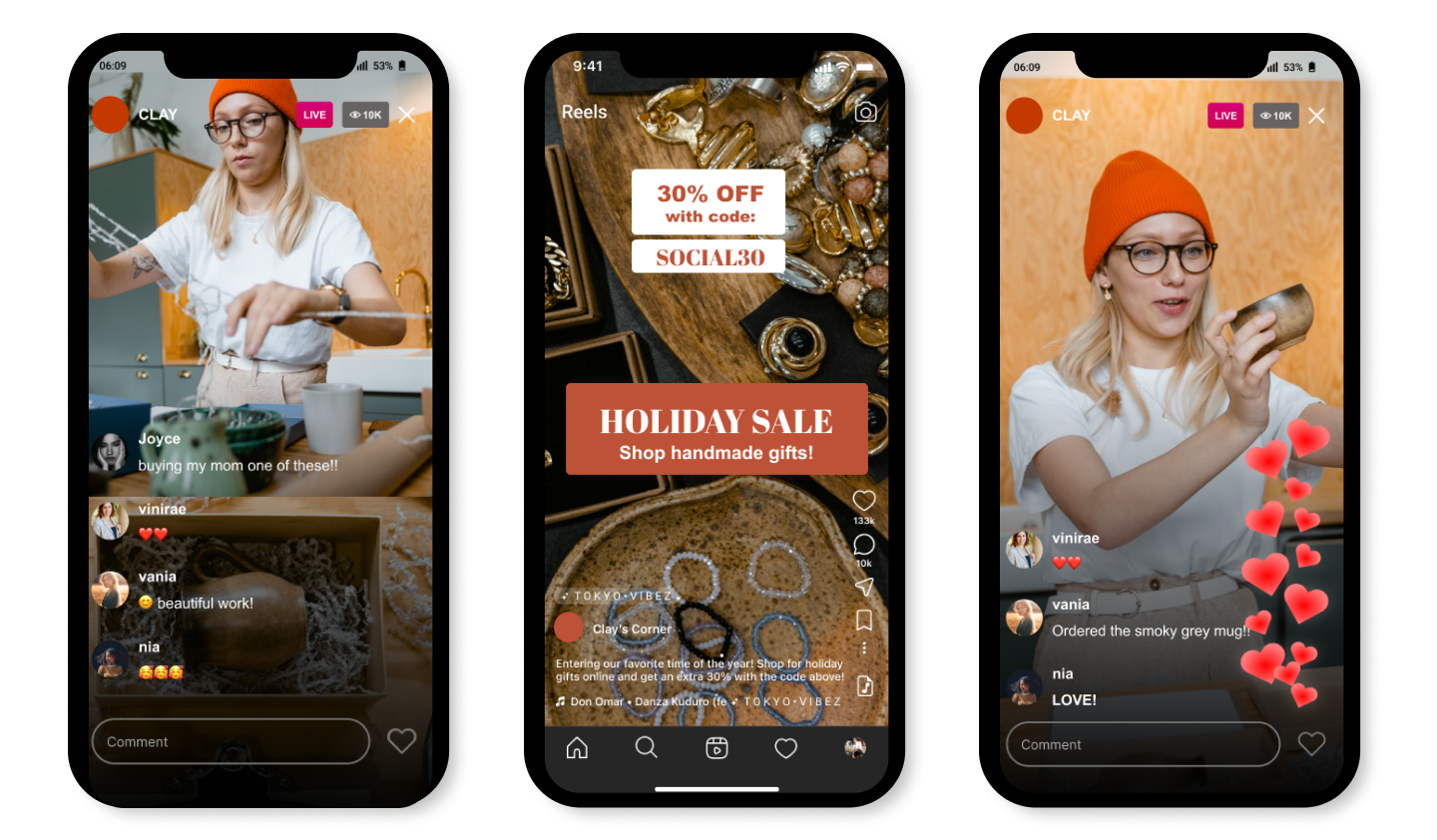
Not everyone wants to watch or discover new creators through long-form videos. Take the highlights from your long-form content to create more snackable formats, like Shorts, TikToks, or Reels. This allows you to capture the attention of viewers with different preferences and habits.
Plus, repurposing long-form content into shorter snippets extends the lifespan of your content, increases its discoverability across channels, and potentially drives more traffic and engagement to your channel or site.
8. Promote video content on all social media platforms
As a rule, promote your video content on as many social media platforms as you can. This expands your reach, increases visibility, and drives traffic to your channel.
Each social media platform has unique audience demographics and user behaviors. By sharing your content across multiple platforms, you can tap into different audiences and attract viewers who may not be active on YouTube (or wherever you’re posting).
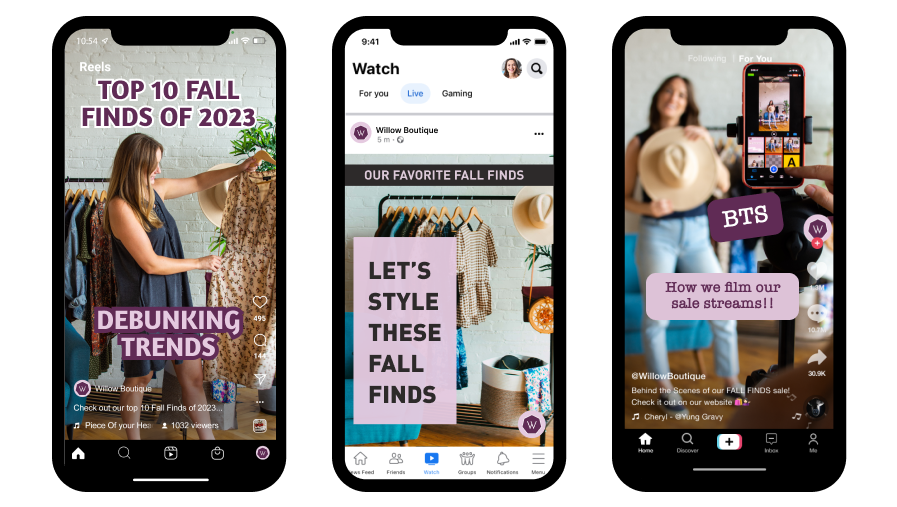
Social media platforms offer discoverability features like hashtags, stories, and live streaming. These features showcase your content, and let you engage with your audience in different ways.
By promoting your video content on social media, you can foster a sense of community, encourage user interaction, and amplify the impact of your content through likes, shares, and comments.
And, as with all the previous steps in this guide, this leads to higher engagement and subscriber growth on your primary channel.
Grow your audience like the pros
Expanding your video’s reach and visibility is just one piece of the puzzle! Our blog offers tips on video content creation, live streaming, video marketing, monetization, and more. Subscribe to our newsletter to get notified whenever a new blog is published. 👇
Subscribe to the blog
Sign up to receive notifications whenever a new blog post is published. You may unsubscribe at any time.

Share
About the Author

Julian R. Vaca is an actor, writer, and marketer. His work has appeared in The Nerd Daily, Writer's Digest, and more. His debut Young Adult series "The Memory Index" is available wherever books are sold. Connect with Julian on Instagram: @JulianRayVaca
All posts by Julian R. Vaca

